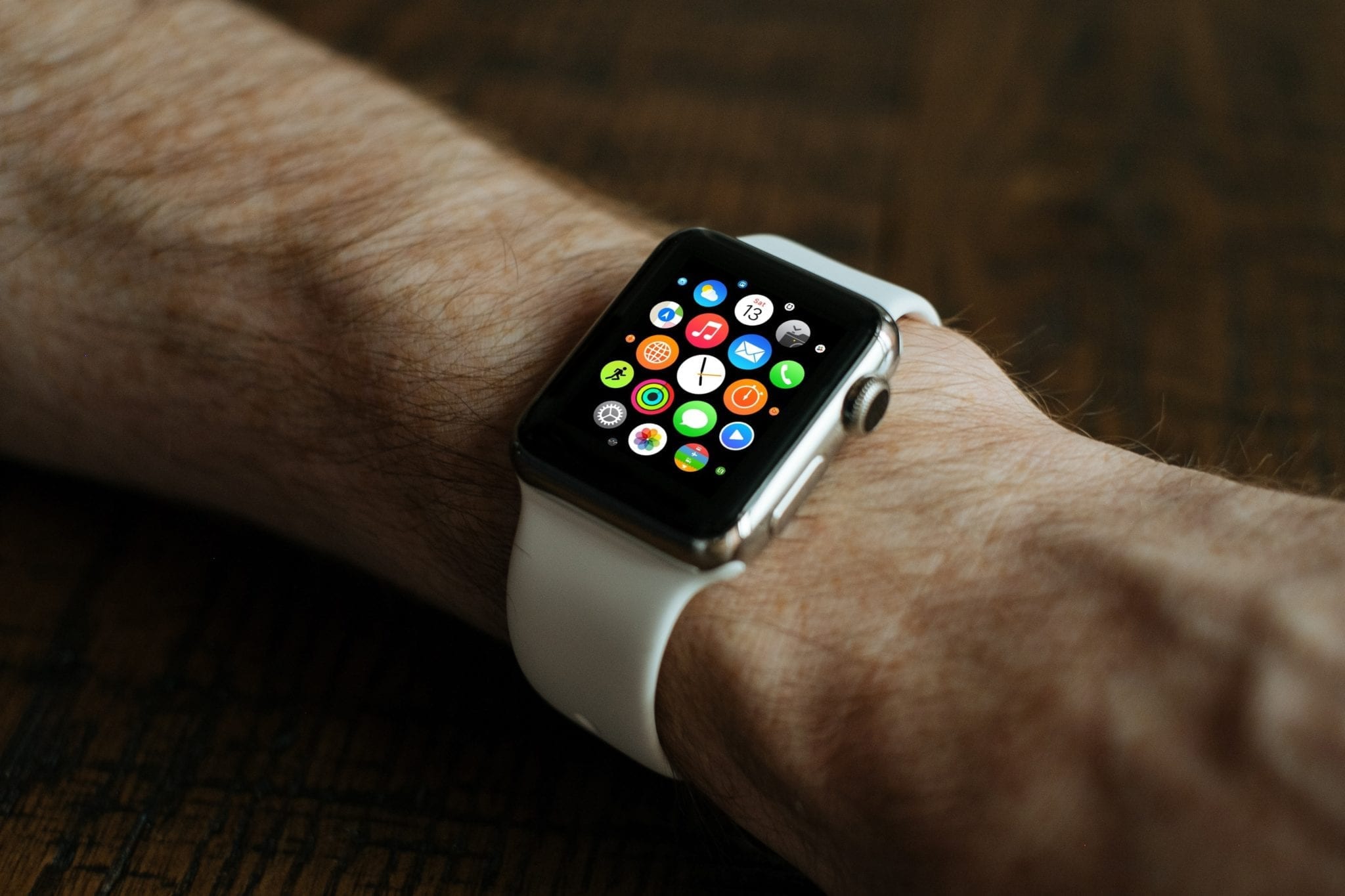Wearable devices are the latest technology to catch fire amongst tech lovers. From Apple Watch to Google Glass, wearable tech is becoming more and more mainstream. These devices are also raising concerns amongst developers and QA testers – fears ranging from functional testing scenarios to UI/UX challenges.
Top Challenges of Testing Wearable Tech
QA testers face many challenges when it comes to wearable devices, but these four issues are typically top.
- Businesses must create a good user experience: User experience could be an easy interface or aesthetically appealing software or device. Ensuring that the interface is usable is a concern because it requires stripping down user experience even further than mobile devices. (Plus, most people won’t wear a device that isn’t nice to look at.)
- Developers now have to deal with even smaller screens: The device screens on wearable devices range in size from 1.3 to 2-inch displays. Developers need to carefully consider what can logically fit on the screen and how consumers are going to interact with it.
- Functional testing must adapt to new devices: QA testers must develop new scenarios for wearable device testing because consumers use them differently.
- Test only on real devices: Companies often use emulators as a substitute for real devices. However, directly testing on wearable technology is a necessity. After all, there are few wearable device emulators in the market, and those that are available may produce inaccurate results. But wearable devices aren’t cheap, and many in-house testers can’t afford to buy them. Partnering with an outsourced QA firm with an expansive library of mobile devices may be the more reasonable route.
The use of these devices will rise exponentially over the next few years. Developers and QA testers must adapt to this new landscape and its unique challenges.

